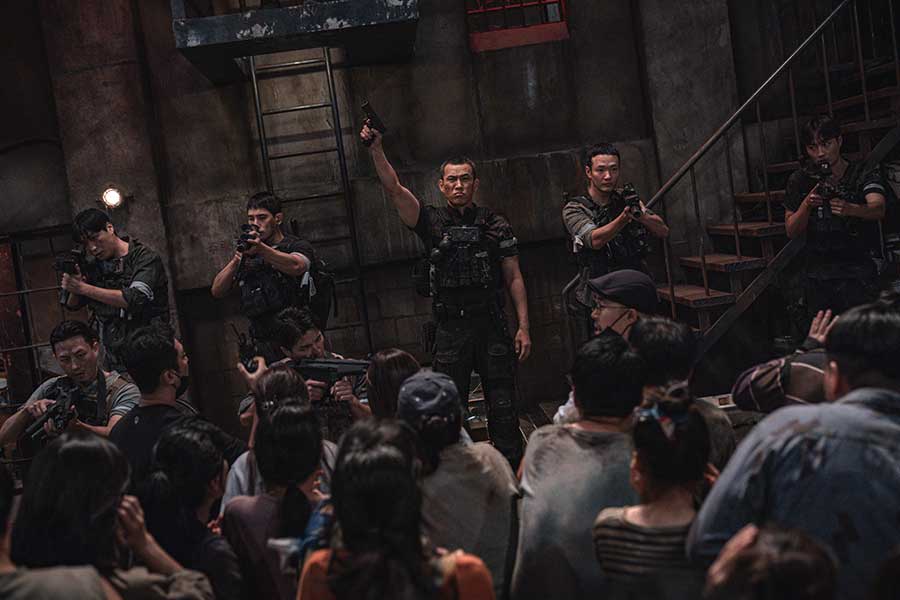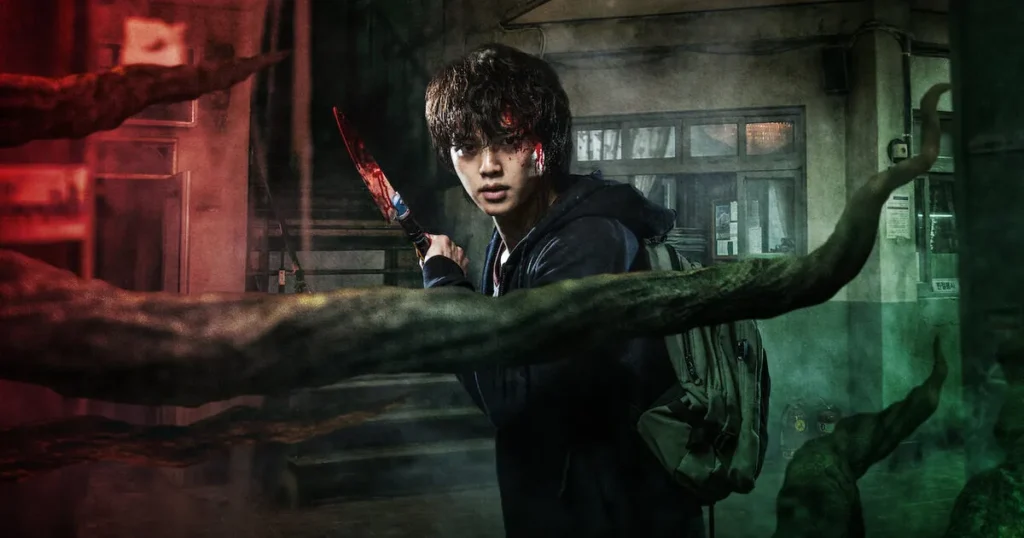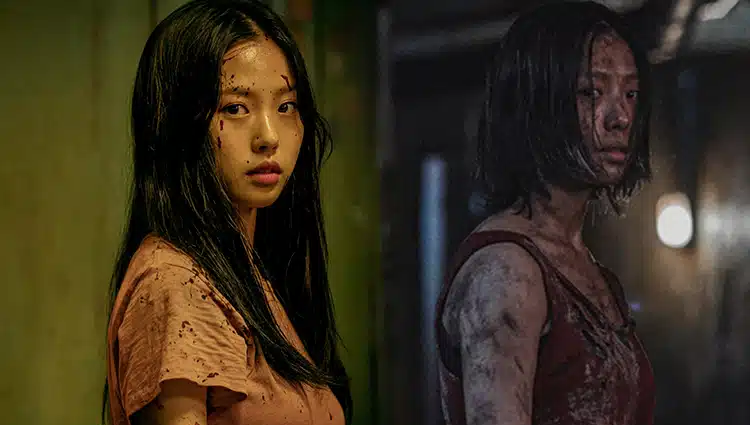Four years have passed since the last time we saw Sweet Home, the Netflix version of the well-liked Naver webtoon of the same name. Since then, a lot has changed. The key point is that the release of Squid Game redefined the attractiveness and approachability of Korean drama for general foreign viewers. Considering how well-received Season 1 was despite this, it’s difficult to predict the potential heights that Season 2 may achieve.
Of course, it’s cliched and somewhat meaningless to compare every K-Drama to Squid Game, especially since it’s unlikely that any other program, including Squid Game: The Challenge, its reality spin-off, and its sequel, which is currently in production despite never having been intended, will ever achieve the same explosive success. But there’s no denying that the streaming scene has evolved since then, becoming more accommodating to specific genres of content and narrative styles. Sweet Home Season 2 appears to have done the same.
Sweet Home Season 2 Review

For example, what was once a very cramped thriller about a small group of people and mostly set in one apartment building has evolved into a vast dystopian epic. As the main character Cha Hyun-su and the other Green Home survivors attempt to survive in a society overrun by monsters, closely held together by crazy military quarantine, and turning into a playground for dishonest mad scientists, the perspective of the two groups alternates.
It’s clear from the outset of the Season 2 premiere, which picks up where the Season 1 finale left off, that this season’s focus will be on how callousness in general persists throughout human society, especially as it relates to the systems of protection and government. The military’s initial villainization of the situation is even a little over the top; they are beating anyone who has a nosebleed to death, torturing baby monsters to elicit their mothers, and generally acting like crazy people. It’s as if their fear of being killed by monsters or turning into them hasn’t made them into their worst selves, but has only served as a pretext for them to show who they are.
Sweet Home’s Divergent Aesthetic Challenges

It’s a little selective about which monsters it wants to evoke compassion for and which are meant to be cruel, dangerous beasts, so at times it feels like Sweet Home trying to have its cake and eat it. A more MonsterVerse-esque approach, where everything is explicitly just a wild animal that is completely unconcerned with everything other than their innate behaviors, would have made the thematic throughline more cohesive. I know this is an extreme comparison but bear with me. It’s too particular to support such a general underlying premise here, as the monster designs are often representations of a person’s place in life or the circumstances surrounding their demise.
But first, let’s discuss the monsters. They frequently don’t look good. The majority of the CGI in the sequence is non-physical, but there are some amazing and convincingly goopy and horrifying applications of actual effects. It doesn’t even always have the same aesthetic as the background. Even though the series’ main selling point is its depiction of destruction in wide vistas and with impressive stunt work, it’s strange how terrible some of the creatures are.
Just to be clear, though, one would assume that the monsters’ circumstances—particularly those surrounding their deaths and transformations—are what make them most appealing, and Sweet Home Season 2 continues to do a fantastic job of capturing this aspect, just like the first film did. With the more expansive storyline bringing in new concepts and people and weaving them into almost legendary tales of neo-humans, governments, and scientific tampering, it may even surpass previous successes in accuracy.
Related:
Reacher Season 2 Finale Review: Alan Ritchson’s Superheroic Showdown!
The Shift Season 1 Review: Sofie Grabol’s Dynamic Encore!
Hyun-SU’s Evolution and Yi-Kyung’s Ascendance

The core of emotion is still present. Now that he has all powers, Hyun-su may be a less compelling protagonist, but Yi-Kyung, the sole character not featured in the webtoon, has taken over as the main point of view and is given a welcome, extended role. Yet it’s a difficult seat. That’s not to say that the season is poor in any way; rather, it’s that the eight episodes, each lasting more than an hour, start at such an absurdly fast clip that it becomes unfeasible to maintain it.
Until everything has the time and space to just calm down and take a breath, new characters are introduced with minimal fanfare, old ones are brutally killed off, and the spectacle threatens to overpower the narrative. However, when it happens, the weight of nearly feature-length episodes is felt. This game is either too slow for its good or it is all action, twists, and deaths with little room for middle ground.
Summary
Sweet Home Season 2, with its dystopian evolution, thematic exploration, and emotional resonance, stands at the intersection of societal commentary and supernatural intrigue. As it grapples with the challenges of maintaining narrative coherence amid heightened pacing, the series offers viewers a complex and evolving world, leaving them eager to explore the depths of this dystopian landscape in future seasons.

